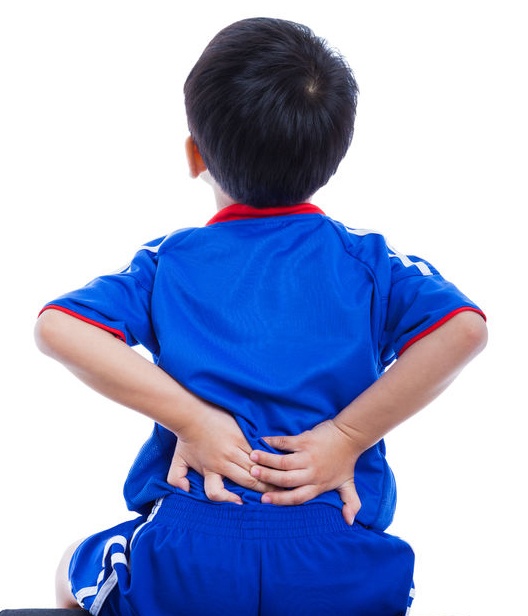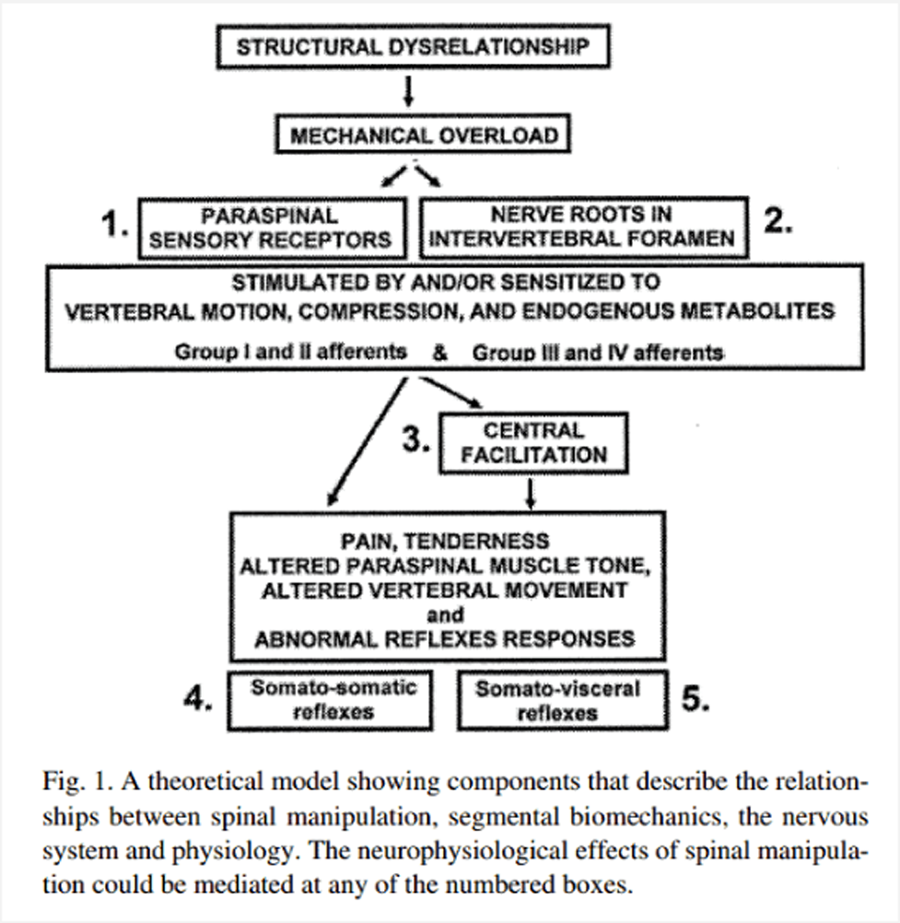Spinal Pain in Danish School Children – How Often and How Long? The CHAMPS Study-DK
SOURCE: BMC Musculoskelet Disord. 2017 (Mar 27); 18 (1): 67
Kristina Boe Dissing, Lise Hestbæk, Jan Hartvigsen,
Christopher Williams, Steven Kamper, Eleanor Boyle,
and Niels Wedderkopp
Department of Sports Science and Clinical Biomechanics,
Faculty of Health Sciences,
University of Southern Denmark,
Campusvej 55, DK-5230, Odense M, Denmark.
BACKGROUND: Spinal pain in children and adolescents is a common condition, usually transitory, but the picture of spinal pain still needs elucidation, mainly due to variation in measurement methods. The aim of this study was to describe the occurrence of spinal pain in 8-15 year-old Danish school children, over a 3-year period. Specifically determining the characteristics of spinal pain in terms of frequency and duration.
METHODS: The study was a 3-year prospective longitudinal cohort study including 1,400 school children. The outcomes were based on weekly text messages (SMS) to the parents inquiring about the child’s musculoskeletal pain, and on clinical data from examinations of the children.
RESULTS: The 3-year prevalence was 55%. The prevalence was 29%, 33% and 31% for each of the three study years respectively, and increased statistically significantly with age, especially for lumbopelvic pain. Most children had few and short-lasting episodes with spinal pain, but more than one out of five children had three or more episodes during a study year and 17% of all episodes lasted for more than 4 weeks.
There are more articles like this @ our:
CONCLUSION: This study demonstrates that spinal pain is a substantial problem. Most episodes are brief, but there are a vast number of children with frequent and long-lasting episodes of spinal pain indicating a need for action regarding evidence-based prevention and management.
KEYWORDS: Adolescents; Children; Prevalence; Spinal pain
From the Full-Text Article:
Background
There is growing evidence that spinal pain in children and adolescents is a common condition, usually transient, self-limiting and rarely associated with serious identifiable pathology [1, 2]. However, we know that children with spinal pain are more likely to become adults with spinal pain [3, 4], and the lifetime prevalence increases steadily to reach adult levels around the age of 18 [3, 5]. This is a challenge to both individuals and societies because of the associated personal and economic burdens.
Unfortunately, it is difficult to obtain a comprehensive picture of the extent of spinal pain due to variation in the manner in which adolescent spinal pain is reported across different studies. Sources of variability between studies include bodily area, duration of episode and definition of recurrences [2, 5, 6]. There is also variation in measurement methods, particularly relating to length of recall, and whether or not a pain severity threshold is set [5, 7]. These reasons likely explain why prevalences reported in studies vary widely, ranging from 1 to 89% [1, 2, 7, 8].
SOURCE: Read the rest of this Full Text article now!






Leave A Comment